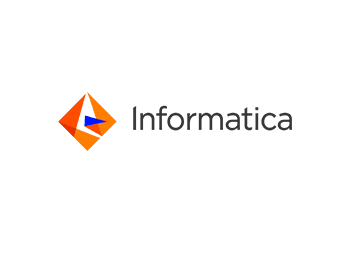 by Angela Guess
by Angela Guess
A recent press release out of the company states, “Informatica, the Enterprise Cloud Data Management leader accelerating data-driven digital transformation, today announced that Gartner, Inc., a leading IT research and advisory firm, has positioned Informatica as a Leader in its 2017 Magic Quadrant for Data Integration Tools for the 12th consecutive year. This year’s report marks the fourth year in a row that Gartner has positioned Informatica as the furthest and highest on the completeness of vision and ability to execute axes, respectively. The complete report, including the quadrant graphic, was published on August 3, 2017, and is available at https://informatica.com/data-integration-magic-quadrant.html. ‘Gartner estimates that the data integration tool market generated more than $2.7 billion in software revenue (in constant currency) at the end of 2016. A projected five-year compound annual growth rate of 6.32% will bring the total market revenue to around $4 billion in 2021 (see ‘Forecast: Enterprise Software Markets, Worldwide, 2014-2021, 2Q17 Update’)’.”
The release goes on, “According to the Gartner report, ‘the data integration tool market has established a focus on transformational technologies and approaches demanded by data and analytics leaders. The presence of legacy, resilient systems and innovation all in the market together requires robust, consistent delivery of highly developed practices.’ The report notes that, ‘the biggest change in the market from 2016 is the pervasive yet elusive demand for metadata driven solutions. Consumers are asking for hybrid deployment not just in the cloud and on-premises (which is metadata-driven combined with services distribution), but also across multiple data tiers throughout broad deployment models, plus the ability to blend data integration with application integration platforms (which is metadata driven in combination with workflow management and process orchestration) and a supplier focus on product and delivery initiatives to support these demands’.”
Read more at Globe Newswire.
Photo credit: Informatica